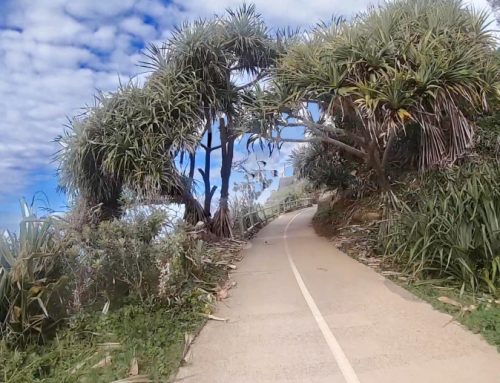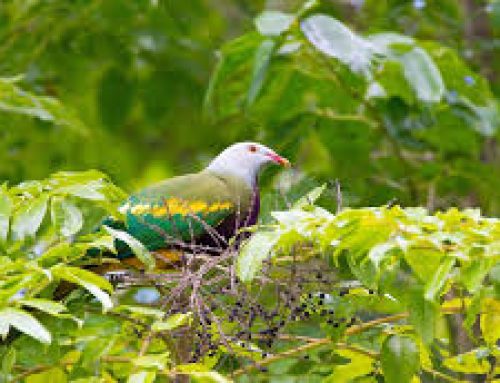Alstonville is situated in the Far North Coast of NSW and has an interesting history. Many of the buildings date back from 1900s and are still being used for their original purpose. Come and visit and see for yourself.
https://en.wikipedia.org/wiki/Alstonville,_New_South_Wales
The New Settlers
Firstly the red cedar cutters moved into the area to glean the “Red Gold” from the Big Scrub Rainforest that covered the area.Situated close to Ballina with the Richmond River flowing out into the ocean, smaller barges could make their way to the small wharf at Uralba and collect the logs that had been floated down Duck Creek. http://aphsmuseum.org.au/
Sugar cane then followed and then the area became dominated by dairy farms. Sugar mills sprang up and a butter factory to process the milk in the area was built in Alstonville in 1900 and still remains today.
Horticulture then became popular as the rich volcanic soil combined with sub tropical rainfall proved to be fantastic growing conditions. Peanuts, bananas, avocados, peaches and nectarines, citrus, custard apples and macadamias have all been grown on the plateau with great success. The area became a hub for research with the Tropical Fruit Research Station opening in Alstonville and the Beef Cattle Research centre at Wollongbar. There is a large macadamia processing factory at Lindendale which can be visited https://marquis.com/
There are also packing sheds and orchards at Summerland farm, Alstonville where local fruit is sorted and packed. You can also take a farm tour. https://www.summerlandfarm.com.au/
The Town
By 1883 Alstonville boasted two large popular pubs, six stores, two black-smiths, nine sugar mills, and four saw mills. Many of these historic buildings still exist and have been cherished by the people of Alstonville. A walking Heritage tour takes you through the towns past with commemorative plaques to be seen along the pavements.
You can read about it here or pick up a flyer. https://issuu.com/countrycoastmagazine/docs/edition_5?fbclid=IwAR0W8bYzUuB6K2KrSrYtnQBXSt0uZalWItkI3Y0RUygrekkbgZVzoQi1AP8
The Trail
Some of the most distinct buildings are :
Crawford House Museum Built 1910. A great place to start your insight into the history of the area.
St Bartholomews Anglican Church. Firstly built in wood in 1896 and then moved by bullock team to its current site and then built in local stone
The Uniting Church. Built in 1909. The Courthouse and Police Station 1903
St Josephs School and Convent 1919. The Old Butter Factory 1900
Alstonville Dance Studio, formerly Presbyterian Church, 1939
Tintenbar Shire Council Chambers 1908.
The Federal Hotel, the landmark pub in the centre of the town, 1901
Local names
The first settlers in the area were the families of Freeborn, Robertston, Graham, Newborn, Crawford, Mellis, and Newton. These names are still to be found in the area on buildings, roads and farm gates.
For more information visit Crawford House Museum where the Alstonville Plateau Historical Society is based or the Ballina Society https://www.ballinahistoricalsociety.org.au/
We welcome you to come and explore the history of Alstonville and the surrounding areas!






